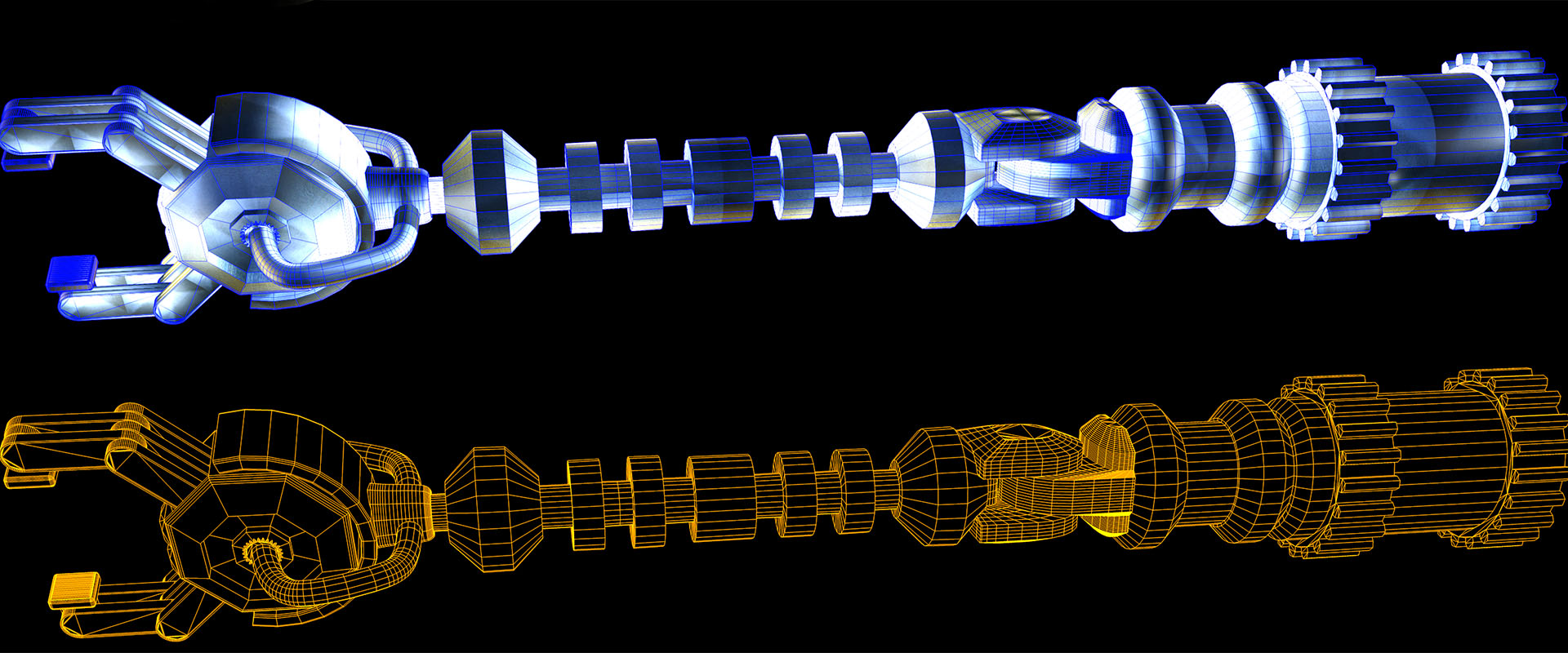AI-driven robotics are transforming industries worldwide, driving innovation that challenges inventors and organizations to develop innovative and effective patent strategies to protect their breakthroughs. Having worked extensively with clients innovating in diverse fields—from technology to manufacturing to retail and beyond—Ludwig APC understands that safeguarding these advancements requires precision, strategic foresight, and an understanding of emerging global trends.
How AI-Driven Robotics Are Revolutionizing Innovation
AI-driven robotics is no longer confined to the realm of science fiction. From autonomous medical devices enhancing surgical precision to logistics robots optimizing supply chains, these once futuristic technologies are driving unprecedented efficiencies that redefine the way numerous industries operate.
Of course, with innovation comes complexity. AI-driven robotics systems often combine software algorithms, hardware advancements, and applications that cross traditional boundaries. This creates a unique set of challenges when securing patents and intellectual property (IP) rights.
Challenges in Patenting AI and Robotics Innovations
Securing patents for AI-driven robotics comes with its own unique challenges, ranging from the intricacies of algorithm protection to addressing disputes over inventorship and ownership.
- Algorithmic Complexity: AI relies heavily on algorithms, which can blur the lines between patentable inventions and abstract ideas. Navigating this requires demonstrating a clear technical improvement in patent applications, such as proving how the algorithm solves a specific technical problem or enhances system functionality beyond conventional methods.
- Interdisciplinary Inventions: Robotics often incorporates multiple fields—such as engineering, machine learning, and sensor technologies. Drafting patent applications that comprehensively capture these aspects can be complicated as it requires bridging technical jargon from diverse disciplines to present a cohesive narrative. Ensuring clarity and precision in explaining the interaction between components is key to demonstrating the innovation’s uniqueness and securing strong patent protection.
- Global Competition and Ownership: As AI systems innovate at lightning speed, disputes about inventorship and ownership become more prevalent, especially when AI itself plays a significant role in creating an invention. These disputes often hinge on defining the extent of human contribution versus machine-generated output, making it crucial for inventors to establish clear records of development and authorship throughout the innovation process.
Strategic Steps to Protect AI and Robotics Innovations
Whether you’re an entrepreneur launching your first product or a well-established company expanding your portfolio, here are key strategies to consider to protect your AI-driven robotics IP:
- Pinpoint the Core Innovation: Identify what truly sets your technology apart. Whether it’s the specific way your AI processes data or a novel hardware integration, highlighting the unique aspect ensures focused protection.
- Draft Comprehensive Claims: Be precise in your claims to address every critical element of the invention. For robotics and AI, this might include software, hardware, and their interaction in a way that’s easy for non-technical audiences (such as patent examiners) to understand.
- Think Beyond the Obvious: Consider how your invention may evolve or be applied in new sectors. Crafting broad yet defensible claims ensures the patent remains relevant even as markets shift.
- Consider Trade Secrets: For innovations that may not meet the patent eligibility criteria—such as proprietary datasets or algorithms—consider using trade secrets to safeguard your competitive edge.
- International Protection: Operating in a global market requires securing your rights internationally. Leverage tools like the Patent Cooperation Treaty (PCT)— an international agreement between 150 countries that simplifies the process of seeking patent protection.
- Monitor, Enforce, and Adapt: Filing the patent is just the beginning. IP owners need to be vigilant monitoring for infringement and ready to adapt strategies as laws evolve around AI inventorship and use.
Let’s Work Together: Global Experience, Personal Focus
The rise of robotics and AI presents both extraordinary opportunities and tremendous challenges for IP owners. Protecting IP is about much more than securing a patent—it’s about ensuring the vision has the legal and strategic backing it needs to make a lasting impact.
Our clients look to us not just for legal expertise but for guidance that aligns with their specific IP needs. From cutting-edge robotics and exploring the broader impacts of AI technologies to more traditional IP challenges, Ludwig APC can guide you through the patent process and equip you with tools and knowledge to position your IP for long-term success. Contact Ludwig APC today at (619) 929-0873 or [email protected] to arrange a free consultation to discuss your needs.


